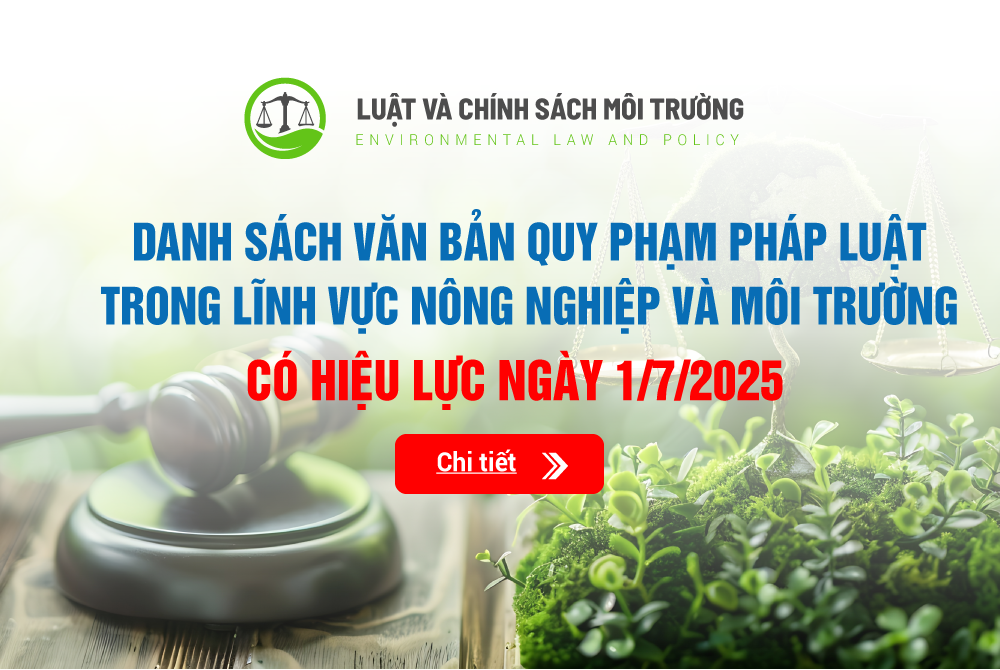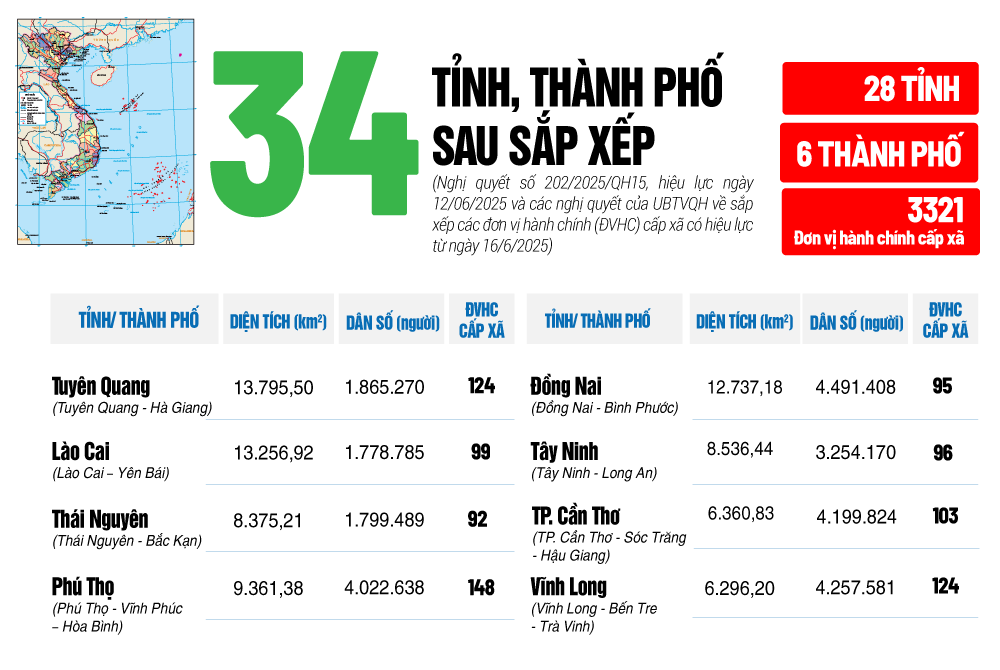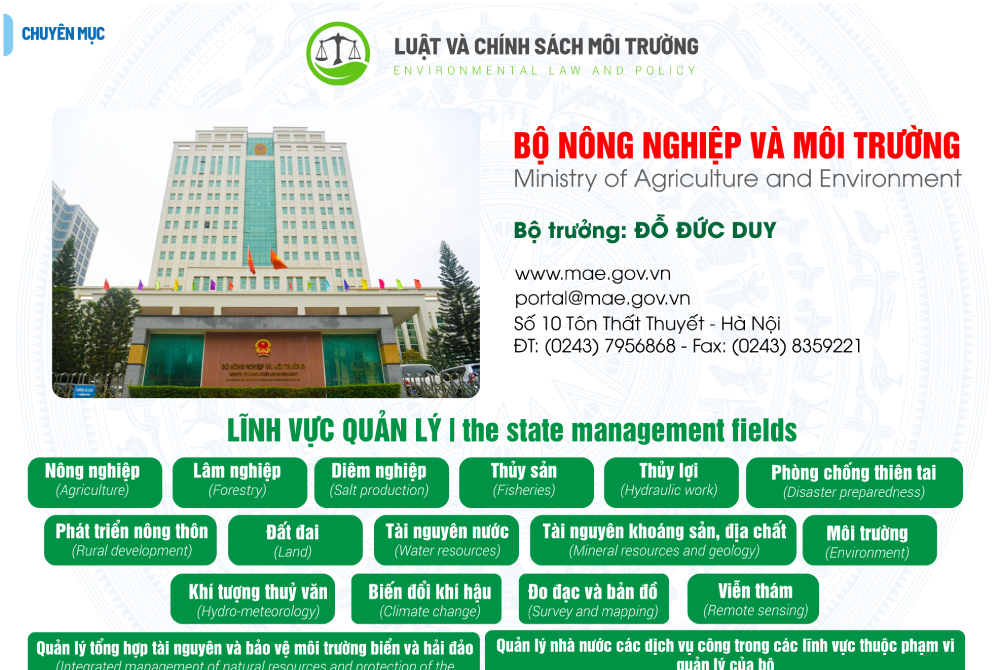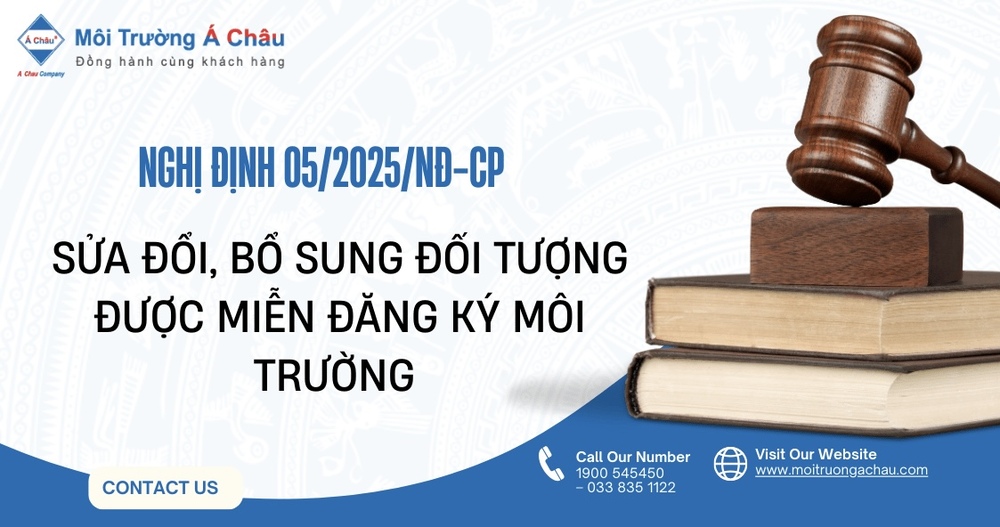Reusable, Recycled Waste: Segregating, storage, and recycling options for post-sorting waste!
The Ministry of Natural Resources and Environment (MONRE) issued No. 9368/BTNMT-KSONMT on the Technical Guidelines on the Segregation of Solid Waste on November 2, 2023, emphasizing the promotion of enhanced classification of waste that can be reused, recycled, maximized value, extended the life cycle of products, encouraging agencies, organizations, residential communities, households, and individuals to participate in recycling, and reducing the volume of waste.
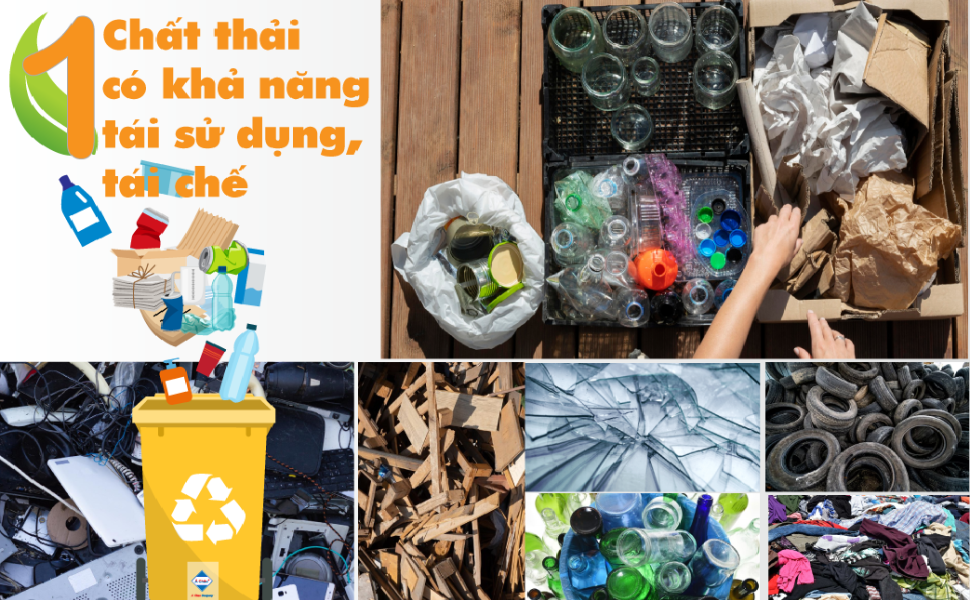
Technical Guidelines for Segregation of Recyclable and Reusable Waste
Reusable, recyclable (not contaminated with hazardous components) waste groups are identified and classified as follows:
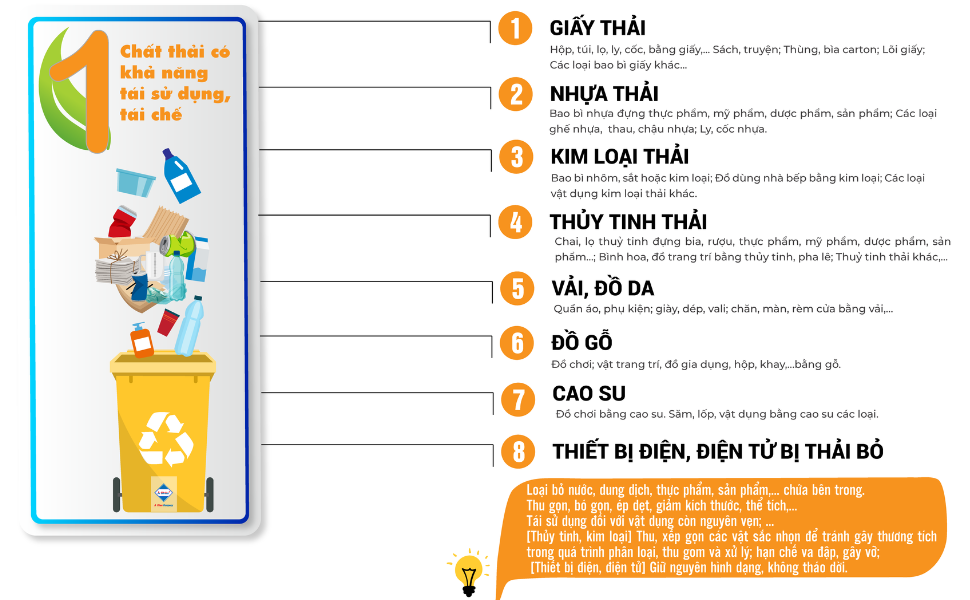
Illustration (Photo: A Chau Environment)
1. Waste papers (boxes, bags, bottles, glasses, paper cups...; books, stories, cans, cartons, paper covers; other types of paper packaging): Remove water and the ingredients inside; compact, squeeze, decrease in size, volume.
2. Plastic waste (food, cosmetics, pharmaceuticals, products; plastic chairs, pans, plastic pots; glasses, plastic cups): Remove the lid, remove the water, solution, or product contained inside; compact, reduce the size, volume.
3. Metal wastes (aluminum, iron, or metal packaging; metal kitchenware; other metal wasted items): Remove products containing inside; collect and tighten sharp objects to avoid injury during sorting, collecting, and handling.
4. Waste glass (bottles, glass bottles, alcohol, food, cosmetics, pharmaceuticals, products; flowers, glass ornaments, crystals, other waste glass): Remove the lid, remove the product containing inside; Collecting, compacting, reducing injury impact during classification, collection, and handling.
5. Fabrics, leather articles (clothes, accessories, shoes, sandals, suitcases, blankets, curtains of fabrics): Reusable for clean objects; compact.
6. Wooden items (toys, decorations, household items, boxes, drawers, etc.): Reuse for intact items; compact, reduce the size and volume of damaged items for recycling.
7. Rubber (rubber toys, tires, rubber items of all kinds): Reuse for intact toys. Compact reduces the size and volume of damaged products for recycling.
8. Disposable Electronic Devices (Electrical, Electronic Equipment): Keep the shape intact, not removable.
Circular Solution – The direction of the recyclable, reusable waste group
Based on our experience in the implementation of waste recycling activities, A Chau Environment shares with you the solutions from the projects we are coordinating to implement:
1. Project "Green School" – Collecting recycled paper case shells (milk box shells, juice box shells, etc.)
The Green School Project – a project carried out by A Chau Environment to provide solutions that accompany schools at all levels of educational activity – training on environmental protection, building environmentally friendly schools through activities to reduce, collect, sort, reuse, recycle, and increase the value of waste. Finally, we aim to treat waste with environmentally sustainable methods.

Photo: Recycled products from paper case shells (Photo: A Chau Environment)
In addition to the Green School project, A Chau Environment is always aiming to work with agencies, units, organizations, individuals, etc., to promote sustainable environmental projects: communication - minimization - classification of waste at source, after-use product recovery activities, etc., so that product/waste recovery groups will enter a new cycle, increase the value of waste by reuse/recycling solutions or converting it to raw materials, alternative fuels, etc, and finally, the remaining waste groups are treated with environmentally-friendly solutions, do not cause secondary pollution, and move on to replace landfill methods.
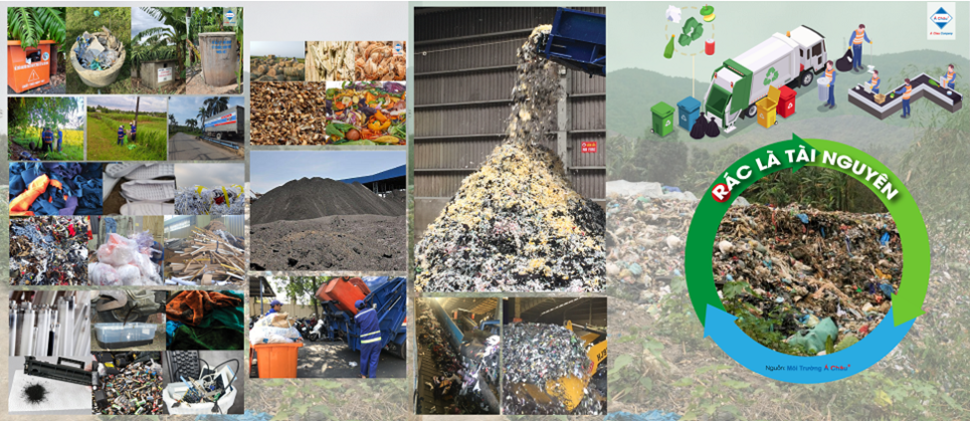
Photo: Waste as Resource (Photo: A Chau Environment)
View more: Green School Project accompanied by a painting competition using waste materials at Dien Hoa High School.
3. Fuel replacement for "Low-Value Plastics" – turning forgotten waste into a resource
From the characteristics: From the characteristics: capable of generating heat, no recycling value or low recycling value. "Co-processing" is a solution in the sustainable waste management tower behind the recycling solution. Co-processing uses non-recyclable waste as raw material for production through the exploitation of the advantages of cement furnaces for the incineration of waste used as a substitute for the traditional combustion material, which is coal, raw material from waste that is burned at temperatures up to 2,000 degrees C. At the same time, the remaining ashes will be mixed with clinkers to produce cement. The solution does not remove any waste during co-treatment.
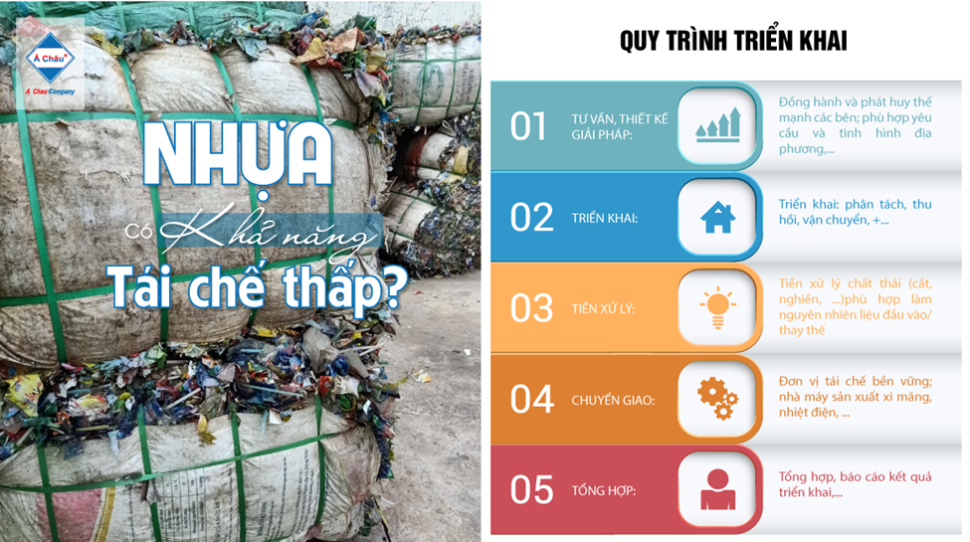
Photo: The implementation process - accompanied by the sustainable waste management project of A Chau Environment
Source: Comprehensive A Chau Environment




